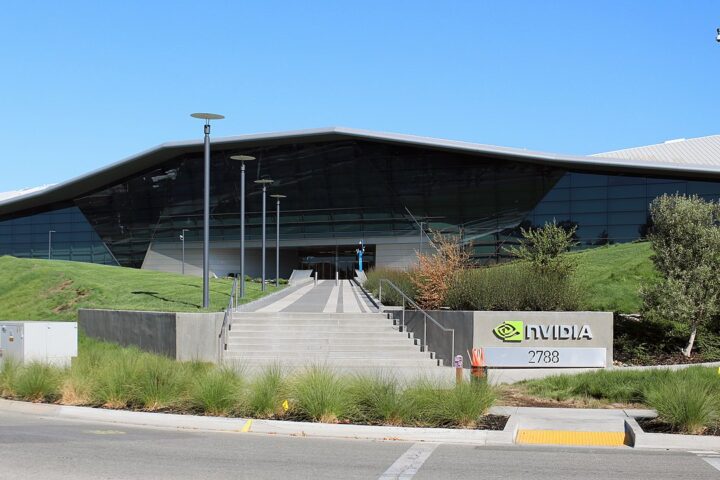Could achieve 3.8% for the whole year
The economy rebounded in the first quarter of 2005, as growth in gross domestic product (GDP) rose by 3.9% in real terms compared with the same quarter of 2004.
This was faster than growth in the fourth quarter, when according to revised data growth slowed to 3.3% year on year, after a good growth rate of 4.0% in the third quarter.
Whether or not this pace of growth can be maintained for the rest of the year will depend on the impact of conflicting factors.
On the negative side, the year-on-year data are not seasonally adjusted. This means that the seasonal boost of an early Western Easter (which was celebrated in March 2005 but in April 2004) has not been taken out of the first-quarter, year-on-year calculation.
The assumption that growth was not quite as spectacular in this quarter is confirmed by quarter-on-quarter figures, which are seasonally adjusted. They show a slowdown from 1.1% Q/Q growth in the fourth quarter of 2004 to 0.8% Q/Q in the first quarter of 2005.
Interest rate cuts will be positive
On the postitive side, however, the second quarter has seen a huge cut in interest rates: by a full percentage point in May and June, after the quarter-point cut in February.
Interest rates are now below their level before the referendums on the reunification plan last April 2004. These will cut the costs of borrowing for around 90% of loans (around 10% are in foreign currency).
For businesses, this should mean some money left over for investment, while for consumers it means some money left over for consumer or property purchases.
In addition, although the Cyprus pound has strengthened against the euro, for much of this year it has fallen against sterling, the currency of its biggest export market. This will reduce the costs of tourism and goods and should therefore help to boost demand.
3.8% for the whole year
Since interest rate cuts normally take some months to work through the economy, we are assuming that quarterly growth slows again to about 0.5% in the second quarter and then returns to a more healthy 1.1% in the third and fourth quarters.
Under this scenario, Financial Mirror calculations point to a growth rate in the region of 3.6%-4.0% for the whole year, or 3.8% if you split the difference.
This is only a little slower than the 4% growth expected by the government for 2005 and would represent a second consecutive year of reasonably strong growth well above 2%.
Or to put it another way, it should mean that the fall-out from the 1999-2000 stock market collapse is well and truly behind us.
Fiona Mullen






